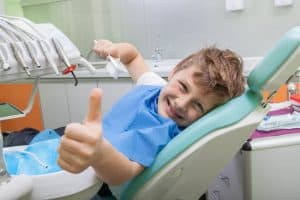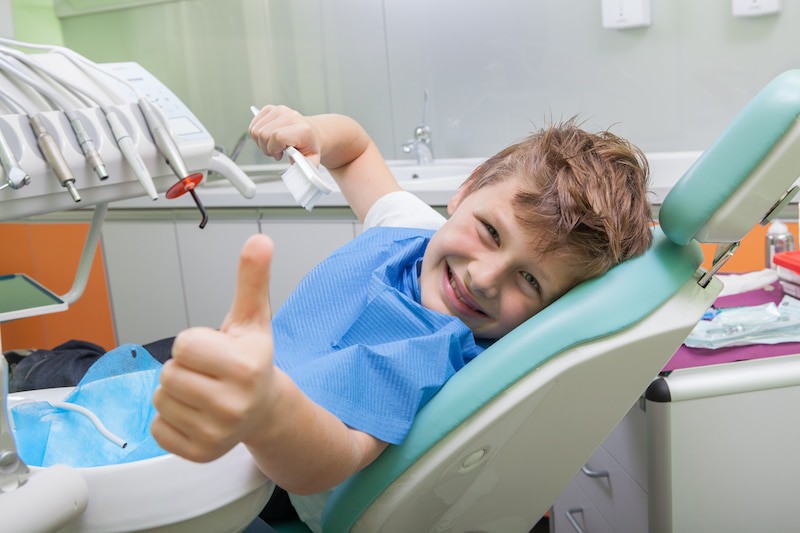 The modern dentist must confront the rapid corporatisation and oversupply that is having an effect on how dentists across Australia can make ends meet. A key way to meet the challenge is to expand the repertoire and scope of what a dentist can provide and the easiest way to do this is to integrate preventative services into a practice.
The modern dentist must confront the rapid corporatisation and oversupply that is having an effect on how dentists across Australia can make ends meet. A key way to meet the challenge is to expand the repertoire and scope of what a dentist can provide and the easiest way to do this is to integrate preventative services into a practice.
Dentists have important roles to play in areas that aren’t traditionally considered as part of their scope of work. Dentists can provide early diagnoses of mouth, tongue and throat cancers and they can also provide dental care that can possibly slow and even prevent the deterioration of a patient suffering from Alzhemier’s or dementia.
Dentists also have an important role in educating both children and the general public on the effects that diet can have on dental and overall health.
Tooth Decay and Sleep Disordered Breathing
The end of the 20th century marked a steep decline in the amount of patients presenting with tooth decay and cavities. This decline was achieved through an increase in education surrounding oral health as well as through the introduction of fluoride into water supplies.
The 21st century, however, has seen this downward trend reversed. Tooth decay and cavities are now on the rise. Young children present the largest demographic and tooth decay is in fact the most common disease amongst children.
Tooth decay can cause a range of dental problems; including malocclusion, crowding and orthodontic problems. Decay is an incredible easy problem to prevent, so it worth asking the question as to how the downward trend suddenly reversed.
What Are We Feeding Our Kids?
The London School of Hygiene and Tropical Medicine points to sugary and processed foods as the culprit behind the increase in the amount of young children presenting with tooth decay.
The 21st century has seen a continuation of societies move away from whole foods such as fruits and vegetables and towards processed and heavily sugared foods and beverages. The chief example is the replacement of fresh fruit with fruit juices that contain very little actual fruit and instead are largely made up of sugar and water.
What Does This Mean?
The prevalence of tooth decay actually points to something far more sinister, including an increase in childhood obesity and diabetes. An increase in tooth decay has also meant an increase in the amount of children that suffer from upper airway disruptive disorders such as sleep apnoea and other sleep disordered breathing disorders (SBD).
Effects of SBD
SBD have a number of effects on young children. These effects include:
- Lack of quality sleep behaviour, learning and developmental problems
- Substandard craniofacial development as well as disorders relating to jaw, face and teeth growth
- Neuromuscular dysfunction
- Malocclusion, which can lead to a whole range of dental and health problems.
How Can Dentists Help?
The Myobrace Pre-Orthodontic and myOSA Myofunctional Sleep systems designed by the Myofunctional Research Co. (MRC) make it very easy for dentists to intervene, educate and hopefully prevent tooth decay and SDB in children.
Dentists can integrate these systems into their current care regime and expand the assistance they can provide their patients. The systems are designed for children between the ages of 4-15. They are based on digital video information that is easy to understand and allows the children to self-teach. You can follow these tips on making you kids excited about their visit to the dentist.
The systems provide knowledge on diet choices while also demonstrating the ways in which upper airway and neuromuscular dysfunctions can be addressed in order to prevent malocclusion and SBD.
An accompanying app can be downloaded that provide patients with a series of physiotherapy exercises that can help to overcome any myofunctional problems they have developed. Again, the keep part of the MRC system is that it encourages patients to be active in their health, something that is vital in engaging the interest of children.
How Is MRC Helping Dentists
Of course, the education regarding SBD has to extend to the educators. So MRC has developed a series of courses that are designed to help deepen the knowledge of dental and medical professionals.
MRC is working to empower both dentists and patients to do more than have their teeth checked and get their teeth fixed. Preventative medicine is always the best medicine and the fact that tooth decay is on the rise should be setting of alarm bells in dentistries everywhere.
The incorporation of this type of education into the repertoire of dentists benefits everyone. It will help to educate future generations and ensure that tooth decay and SBD starts to decline and it also helps to move the role of the dentist into new territory and resist the encroachment of oversupply.
So lets get back to the messages of the late 20th century and start putting education back at the forefront of dentistry.

